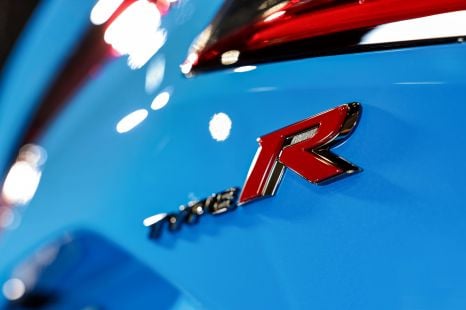

Damion Smy
Honda Prelude Type R ruled out... for now
4 Hours Ago
Dodge will end production of its supercharged V8 Hellcat models in 2023 as it transitions to high-performance electric powertrains.

News Editor
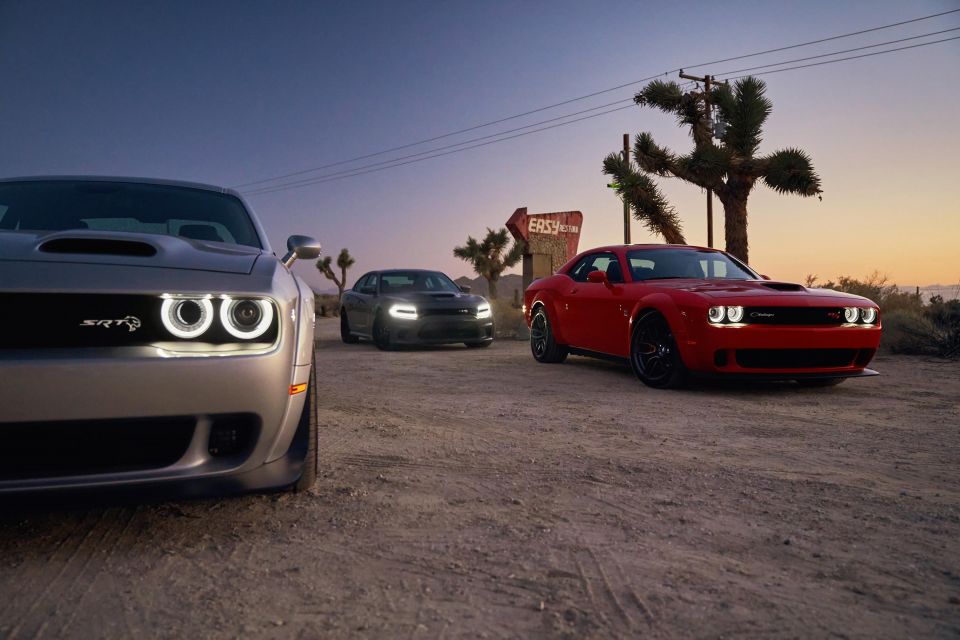

News Editor
Dodge’s manic Hellcats will end production in 2023 ahead of the launch of long overdue replacements for the aged Charger sedan and Challenger coupe in 2024.
It’s part of a dramatic electrification push for the brand, which will reveal its already teased electric muscle car concept in the first half of 2022, and its first plug-in hybrid later next year.
Dodge CEO Tim Kuniskis also said the brand will preview a “very, very, very significant car” at the end of 2022, though gave no hints as to what it could be.
Motor Trend reports the brand will introduce various petrol-powered “buzz vehicles” in the lead up to 2024, when it’ll introduce its first electric vehicle.
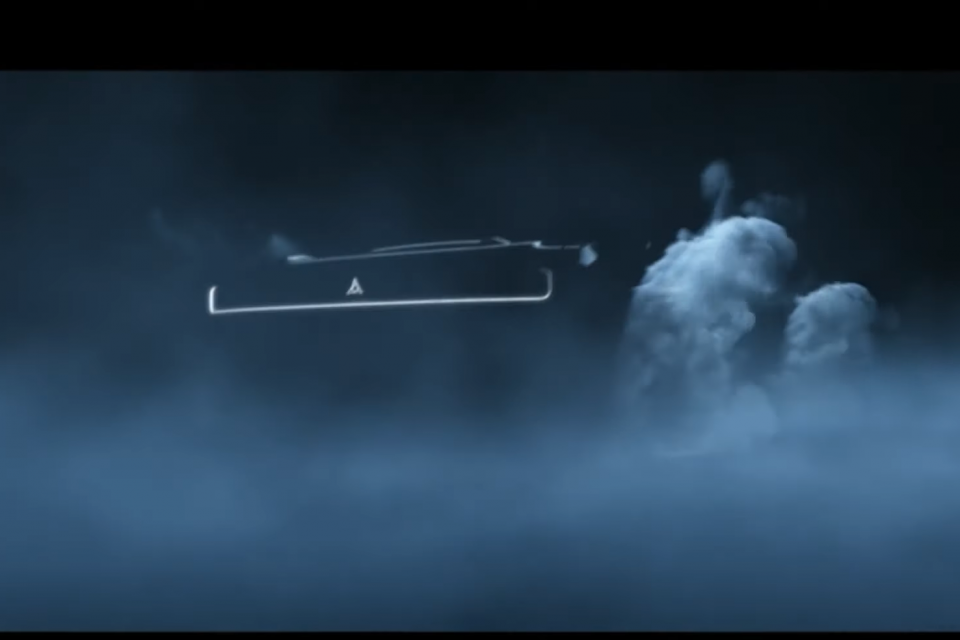
That year, the current Charger and Challenger will be replaced with new cars on a new platform, set to be the STLA Large architecture that’s understood to be an evolution of the Giorgio platform underpinning the Alfa Romeo Giulia and Stelvio.
Vehicles on the architecture will offer 400V or 800V technology and batteries measuring 101-118kWh.
They’ll offer up to 800km of range, and feature both single- and dual-motor electric powertrains with electric motors each producing between 150 and 330kW of power.
Mopar Insiders reports a dealer event a few years ago gave attendees a look at the next-generation Charger’s design, which reportedly hasn’t changed in the interim. It’s said to have elements of the 1999 Charger R/T concept.
Dodge has already tapped this well before, with the sharp side creases featuring on the current Charger.

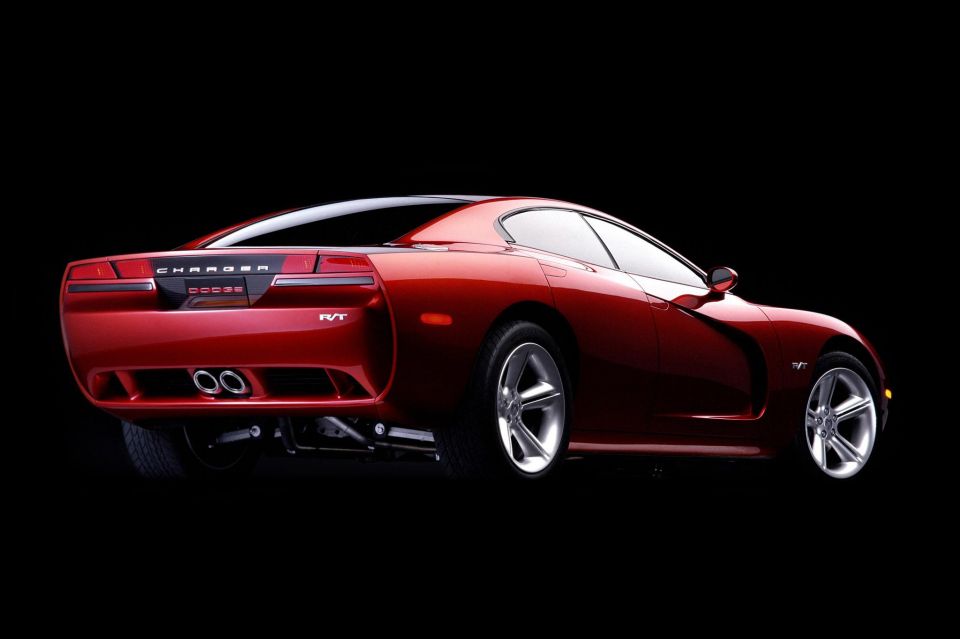
The Challenger, meanwhile, will be much more modern in appearance than the current car while still using retro design cues and offering a much more spacious cabin than the likes of the Ford Mustang.
The outlet also reports a mild-hybrid version of the Hemi V8 plus a new turbocharged 3.0-litre inline-six will be offered, indicating Dodge isn’t turning off the petrol bowser just yet.
The GME-T6 engine, also reportedly set to be used in the Jeep Grand Wagoneer, will offer standard- and high-output versions plus a plug-in hybrid.

The upcoming plug-in hybrid Dodge will be a new model line for the brand, and previous rumours have indicted it could be a mid-sized SUV and counterpart to the upcoming Alfa Romeo Tonale.
That would give Dodge a second SUV, slotting in beneath the large, three-row Durango that’s related to the outgoing WK2 Jeep Grand Cherokee.
It’s unclear whether this model will be replaced, with Kuniskis saying nothing is imminent with the Durango line.
“For 24 months we are feeding the beast,” Kuniskis told Motor Trend, referring to the rollout of special V8 Chargers and Challengers ahead of the introduction of Dodge’s first EVs.
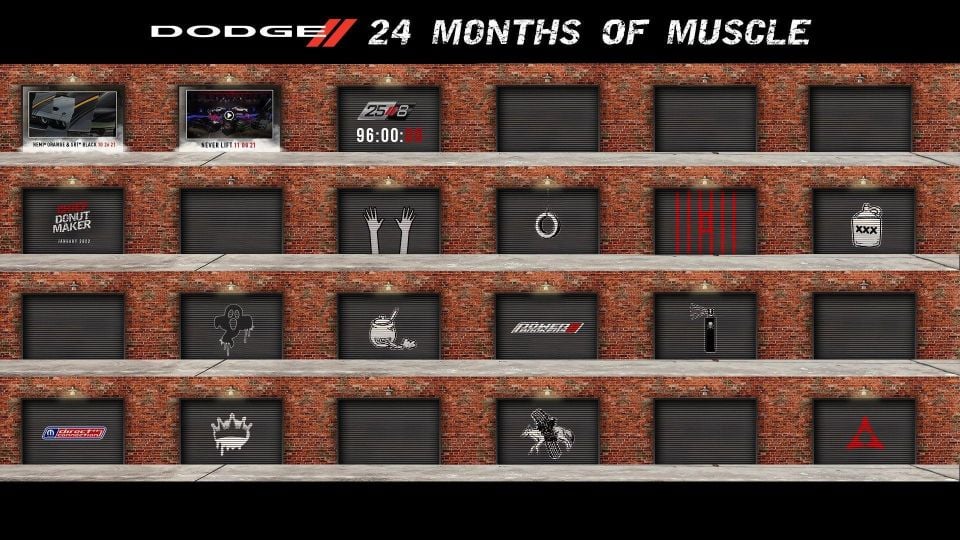
“I’m juggling knives because I’ve gotta keep two different huge factions happy because at some point those two factions will converge. The problem is no one knows when they will converge.
“My job is to provide confidence, over the next 24 months, that we’re gonna do this.”
The company has revealed an advent calendar of sorts called 24 Months of Muscle.
Instead of chocolate or beefy hunks, however, it features rows of garage doors, some of which have illustrations on them hinting what’ll come that month.
The last garage door shows the brand’s old Fratzog logo, used from 1962 to 1981, that will be used on Dodge’s upcoming EVs. It’s already been teased on the upcoming electric muscle car concept.
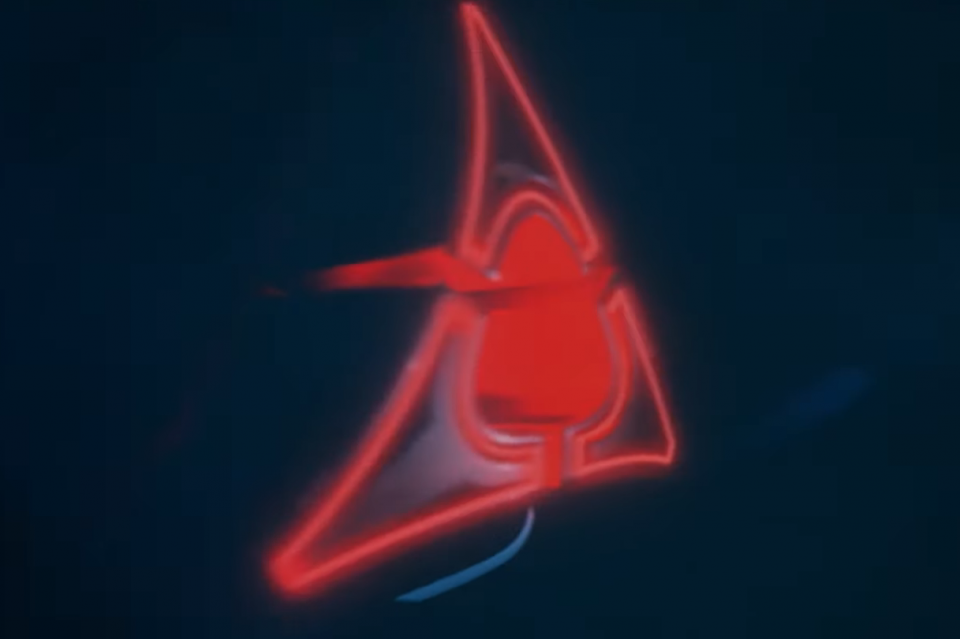
In a modern touch, it’s backlit and red. By the way, the name is meaningless.
The company may be shifting away from petrol V8s but it’s serious about maintaining its performance image.
It’s introducing Dodge Power Brokers, who will be eligible to sell and install parts and kits to boost power and performance.
This is initially starting with a pilot of 100 dealers, but Dodge says all of its 2500 US dealers can become Power Brokers.
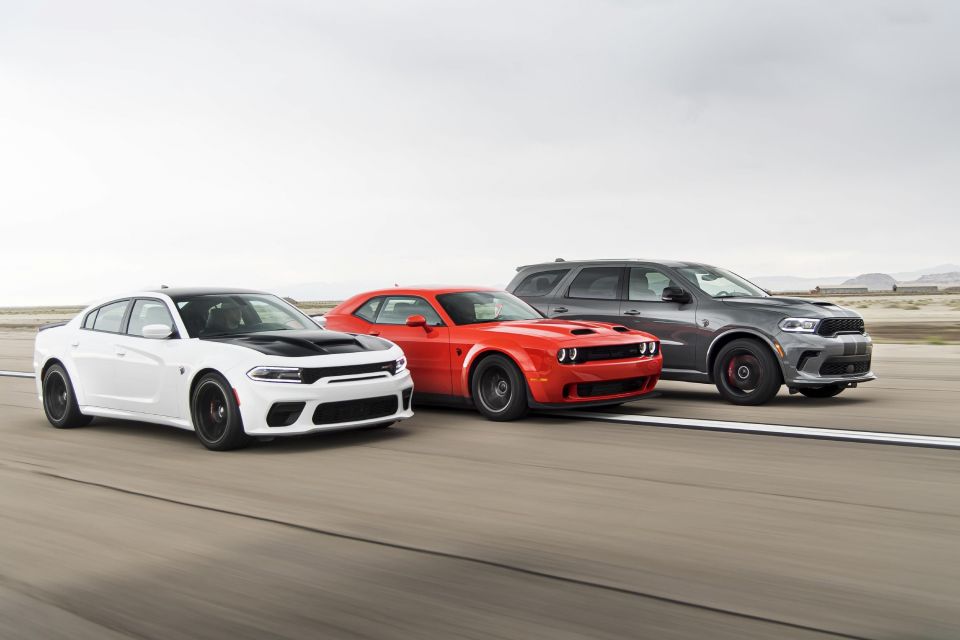
Through ever hotter versions of the Charger and Challenger, from the R/T and SRT-8 to the Hellcat and Demon, Dodge has been burnishing its muscle car image.
It’s a throwback of sorts to the late 1960s and very early 1970s, the height of the muscle car era, when it sold the second-generation Charger and first-generation Challenger, as well as models like the Super Bee.
Back then, Dodge also had a wide range of ‘regular’ sedans, coupes, wagons and pickups on offer. And likewise, in recent years Dodge has sold its wild V8 models alongside tamer fare like the Journey crossover and Grand Caravan people mover.
But Dodge has been trimming its line-up to focus more overtly on performance models, which makes the push to electric vehicles both a challenge and opportunity.

Despite offering only three vehicles, each on platforms roughly a decade old, the brand has seen strong sales.
The Challenger, for example, has caught a second wind. Introduced for 2009, it’s posted better sales figures every year in the US since 2013 than it ever did before that, while the Charger is staying afloat in a market where large sedans are going adrift.
The Hellcat models’ supercharged 6.2-litre V8 has been tuned to produce upwards of 626kW of power and 1043Nm of torque in the Challenger Demon when using racing fuel (or 602kW and 972Nm on 91RON), and has also been used in the one-year-only Durango SRT Hellcat and the Grand Cherokee Trackhawk.
MORE: Stellantis details upcoming electric Chrysler, Dodge, Jeep and Ram vehicles
William Stopford is an automotive journalist with a passion for mainstream cars, automotive history and overseas auto markets.


Damion Smy
4 Hours Ago


Damion Smy
6 Hours Ago


Damion Smy
8 Hours Ago


Matt Robinson
10 Hours Ago


Damion Smy
10 Hours Ago


Damion Smy
1 Day Ago